#Lissotriton
Explore tagged Tumblr posts
Text

Smooth or Common Newt (Lissotriton vulgaris), male in breeding form, family Salamandridae, UK
photograph by Garth Coupland
815 notes
·
View notes
Text
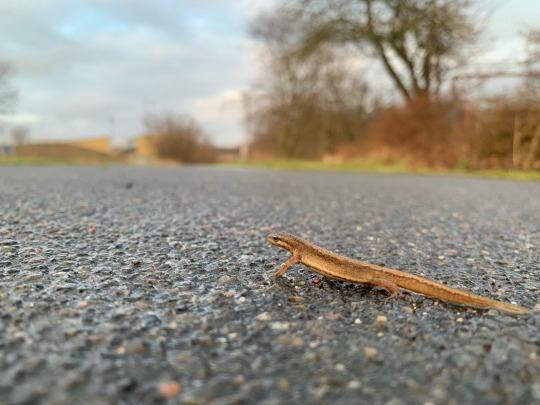
Look at this friend I made on my way home the other day! What a glorious creature! So gracile and smooth! Truly a peak being. What a privilege it is to share this time in Earth’s history with creatures like this.
#field herping#Herpetology#nature#wildlife#animals#newt#salamander#Lissotriton#Lissotriton vulgaris#newt newt motherf***ers#friend shaped#this is a bad place for this friend to be#I see freshly dead newts on this path EVERY DAY#hundreds killed per year#so every time I find one I gently move it away#my habit of saying ‘hello friend’ to every animal has been adopted by my two-year-old#and it is magical#he literally says ‘helo fren!’
1K notes
·
View notes
Text
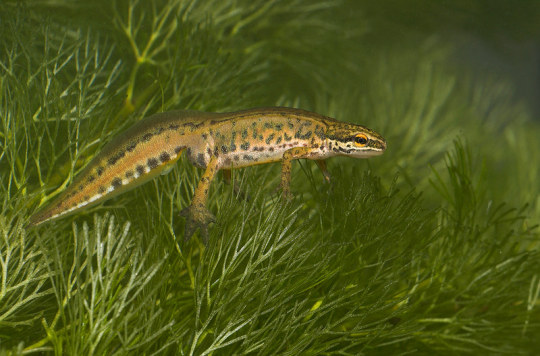
A palmate newt (Lissotriton helveticus) in the Netherlands
by Paul Cools
#palmate newt#salamanders#amphibians#lissotriton helveticus#lissotriton#salamandridae#urodela#amphibia#chordata#wildlife: the netherlands#wildlife: europe
184 notes
·
View notes
Text
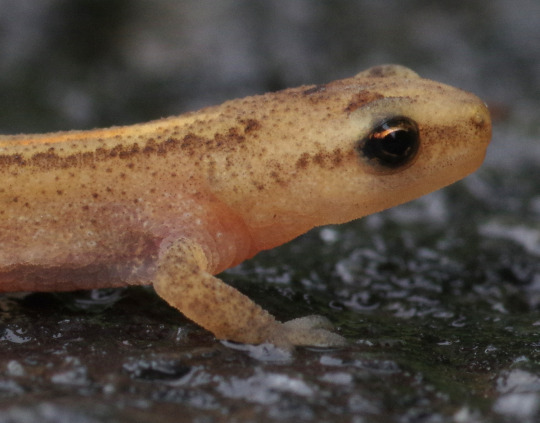
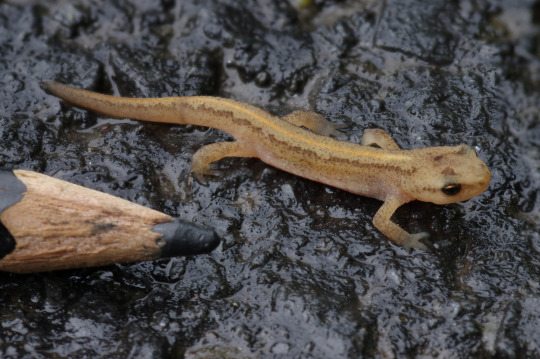
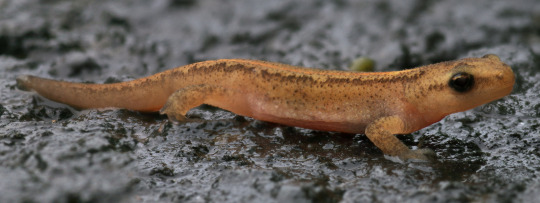
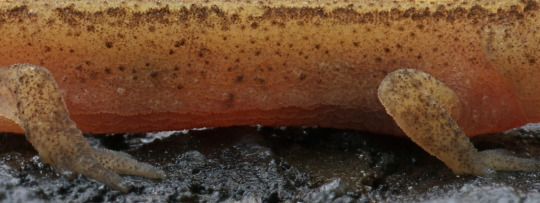
Lots of young palmate newts out in the middle of the road, enjoying the wet tarmac. :'(
174 notes
·
View notes
Text


top and bottom view of some cute news!
the species in there are Lissotriton vulgaris and Triturus dobrogicus
#amphibian#herping#leaf-thief oc#zoology#ecology#bulgaria#freshwater#fieldwork#newt#newts#lissotriton vulgaris#triturus#dobrogicus
6 notes
·
View notes
Text
Happy Slithers Saturday!
This week in Wales there are newborn Slow Worms everywhere, and the Palmate Newt efts are just getting cuter and cuter!!
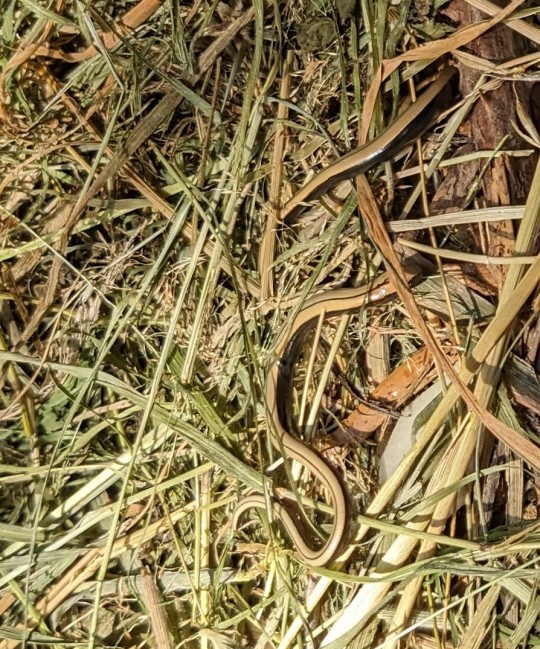

#amphibians#reptiles#herps#lizards#newts#slow worm#palmate newt#lissotriton helveticus#anguis fragilis
3 notes
·
View notes
Text
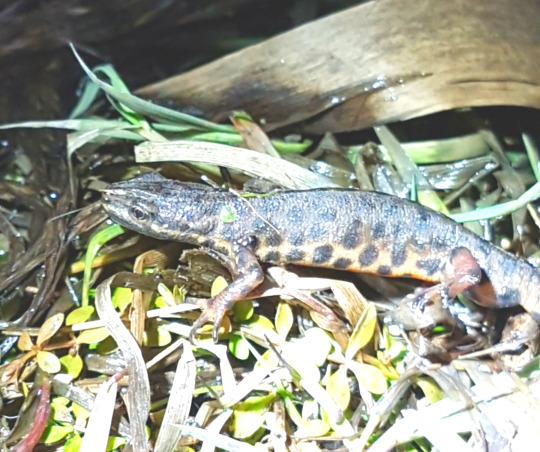
0 notes
Text

Smooth newt (Lissotriton vulgaris) By: Wilhelm Hoppe From: Living Amphibians of the World 1966
96 notes
·
View notes
Text

Smooth Newt (Lissotriton vulgaris) taken from the wild in Melbourne, Australia. Photo by David Paul
63 notes
·
View notes
Photo



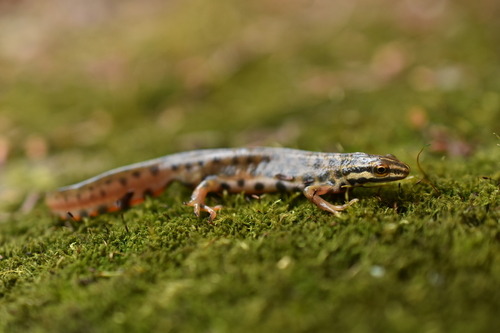
The Smooth Newt with the Smooth Moves
Also known as the European newt, northern smooth newt, or common newt (Lissotriton vulgaris), the smooth newt is one of the most common species in Europe and western Asia. It is also the only newt species found in Ireland. There are currently three recognised subspecies distributed throughout this range, and four others have been reclassified as distinct species. The common newt is able to survive in a variety of habitats, including deciduous and coniferous forests, wetlands, meadows, parks, and gardens. Their only requirements are sufficient sunlight and water with sufficient vegetation.
Like most newts, the northern smooth newt spends the majority of its time foraging for food on land. Their diet is carnivorous, consisting of insects, worms, snails, slugs, and larvae. When available, L. vulgaris may also eat the eggs of its own species. In turn, many animals prey on the European newt, including waterbirds, snakes, frogs, and larger newts. To avoid these predators the smooth newt is active mainly at night, and will secrete a toxic mucus when threatened. While active, they are largely solitary but from October to March several individuals will hibernate together under logs or leaf litter burrows.
Almost as soon as the common newt emerges from hibernation, they begin migration to their breeding sites-- usually the ponds in which they spawned. Males undergo a dramatic transformation, growing large crests and becoming brightly colored. When a female enters the water, the male swims around her and sniffs her cloaca. He then vibrates his tail to fan his pheromones towards her. Finally, he will swim away and, if the female is interested, she will follow him. He then deposits a packet of sperm, or spermatophore, that the female picks up for fertilization. Rival males may try to lead the female towards their own spermatophores, and clutches of eggs often have multiple fathers.
Females deposit anywhere from 100 to 500 eggs, each of which is carefully wrapped in aquatic vegetation. Larvae hatch after only 20 days, and quickly begin developing. Unlike frogs and toads, newt larvae have external, feathery gills, and develop their front legs first. After about three months, the larvae absorb their gills and leave the water as newtlets or efts. However, when temperatures are particularly low and aquatic prey is abundant, some adults retain their gills and stay aquatic in a phenomenon known as paedomorphism. These adults are fully capable of sexual reproduction, and when moved to areas with a larger population will often metamorphose into terrestrial adults.
Adult smooth newts are rather small, reaching only 9–11 cm (3.5–4.3 in) and 0.3–5.2 g (0.011–0.183 oz). Males are slightly larger than females. The head and back are dark brown or olive, while the underside is much lighter. Both males and females have dark spots on their bellies, and males also sport a bright orange stripe. In the spring, the colors in males become more vivid and the spots grow larger. Males also develop a large yellow crest that runs from the head to the table, and is dotted with dark bands.
Conservation status: The IUCN has designated the European newt as Least Concern, as it is common over most of its range. Threats include habitat destruction and the introduction of invasive fish species.
If you like what I do, consider leaving a tip or buying me a ko-fi!
Photos
Philip Precey
Derek Middleton
Christoph Moning via iNaturalist
Kristýna Coufalová via iNaturalist
#common newt#smooth newt#Urodela#Salamandridae#newts#salamanders#amphibians#deciduous forests#deciduous forest amphibians#evergreen forests#evergreen forest amphibians#grassland birds#grassland amphibians#wetlands#wetland amphibians#urban fauna#urban amphibians#europe#asia#west asia#animal facts#biology#zoology
149 notes
·
View notes
Note
I'm really sorry if you already answered but I did look through the whole lexicon and used control+f. Do we have words for Lizards/Newts//Salamanders/Reptiles?
I wanted to see the Clanmew names for 2 OCs Lizardsong and Salamanderclaw. The second being a Skyclan Daylight Warrior!
The word for reptile is "Skeep"! It is a wingless, typically scaled animal without fish "wings". So, it actually includes amphibians as well. This is because there are very few reptiles in the UK; Clan cats don't see why an amphibian is not simply a water-reptile.
So to them, a lizard is a four-legged reptile with a tail. It includes all of the newts that they encounter on a regular basis, even though these are technically amphibians. What are you gonna do, teach the cats cladistics?
Lizard (Generic) = Ssassa Adult newts and lizards, without breeding season adornments. Has 6 species.
Sail (of a fish or a breeding male newt) = Saoss The dorsal fins on top of a fish or a breeding male newt.
Viviparous Lizard (Zootoca vivipara) = Sipssa Eggs are much rarer in this part of the world than you might think. Like its name suggests, the viviparous lizard typically gives live birth, which is likened to the adder. This is the most common lizard in the area, encountered by all Clans.
Sand Lizard (Lacerta agilis) = Hwoossa Named for being seen mostly in WindClan's sandy lowland heath, because this IS an animal that lays eggs. It needs sunny, sandy areas to be able to hatch a brood.
Smooth Newt (Lissotriton vulgaris) = Fyenssa A contraction of "Flame's Lizard," for the quirk where these newts will often hide in piles of cold, wet wood, only to flee out when a fire is lit. The most common newt to encounter, feel free to translate as "salamander!"
Palmate Newt (Lissotriton helveticus) = Horrssa The "shade newt," so named because this one generally prefers forested, green areas. Its tail is much fatter than the other newts.
Great Crested Newt (Triturus cristatus) = Gisis What was once the Tribemew word for all lizards now only describes the great crested newt, the largest and most respected of the "lizard" classification. An accomplished hunter with an impressive sail during its breeding season, on both the back and the tail.
Some extra facts about newts and lizards in general...
Scientifically, all newts are salamanders, but not all salamanders are newts. You could translate any one of these words as "salamander."
Through their lives, newts will have terrestrial phases and aquatic phases.
Britain's cold climate and isolation as an island means there are very few reptiles in general; amphibian species outnumber them because it is very wet.
Slowworms are technically a lizard, but Clan cats believe they are a snake.
Clan cats also believe that snakes were not originally reptiles, but worms. There is a story about a cat who hunted them to extinction and then had to recreate them from memory, forgetting that worms don't have scales.
58 notes
·
View notes
Text
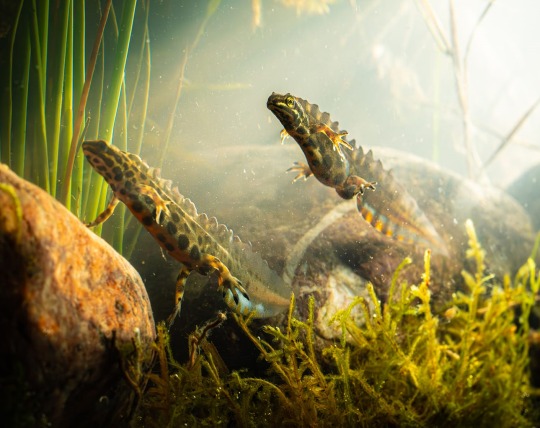
Smooth Newts (Lissotriton vulgaris), males in breeding form, family Salamandridae, Sweden
photograph by Pontus Hjelm
516 notes
·
View notes
Text
Just a reminder that in much of the northern hemisphere there is Good and Exciting Stuff to be found right now (early Summer) in your local ponds and waterways.
#salamander#newt#animals#wildlife#just good vibes tbh#Lissotriton#Lissotriton vulgaris#I keep telling my students to go out looking for all the tiny toadlets that are emerging from the water right now#yet they are stubbornly showing up to class every day as though they're not taking me seriously#what a privilege to get to behold such gentle and delicate creatures#just a few minutes' walk from my house#please go pond mucking#my wife and I take our son to this pond regularly and just spend some hours dipping and seeing what we see#I have been blown away by the diversity and richness#every time we go out I find something new and exciting#and my son gets closer and closer to falling in completely#but it is all part of it
975 notes
·
View notes
Text
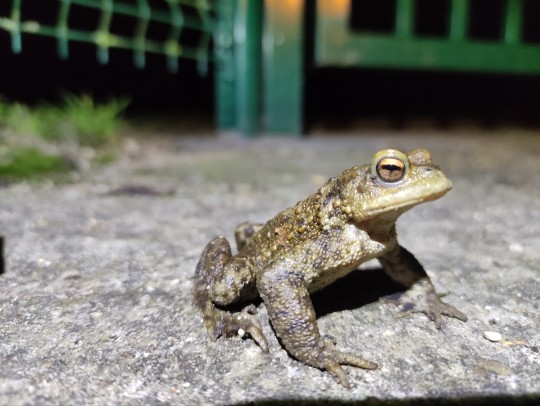



Little creatures I've studied and saved in February-March 2023.
Each year, they try and cross a street to reproduce in a pond and some get rolled over by cars. The association I was working with created a "wall" to stop them from crossing with buried buckets to trap them. We had to look in every bucket every morning and evening, with an additional night patrol in the neighborhood to catch those who managed to pass the wall, to free them near the pond. In French, this system is called a Crapaudrome (from "Crapaud" meaning toad and -drome indicating movement).
You have here a common toad (Bufo bufo), a green frog (Pelophylax sp.), an alpine newt (Ichtyosaura alpestris), and a smooth newt (Lissotriton vulgaris).
11 notes
·
View notes
Text

Met a very yellow newt out for a wander this evening. <3
154 notes
·
View notes
Text
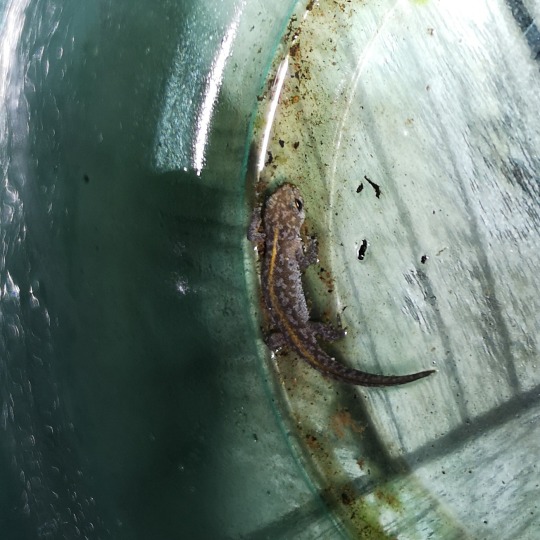
Found this little critter in our garden at midnight... I wasn't aware we had newts in our garden. Gotta make them a mossy stacked twig winter retreat.
Not sure what species it is. The animal was around 4cm and thus a juvenile. The belly was bright yellow without spots to speak of.
Probably the common Teichmolch - Lissotriton vulgaris.
As a kid I always wanted newts so I am super happy we have them in our garden, despite the lack of a pond.
17 notes
·
View notes